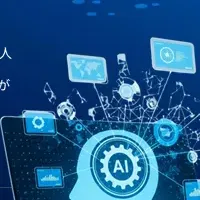
Revolutionizing Geological Assessment: SEOULTECH's New Autonomous Tool Enhances Safety and Precision
SEOULTECH's Autonomous Geological Assessment Tool
In a significant advancement for geological engineering, researchers from Seoul National University of Science and Technology (SEOULTECH) have introduced a revolutionary autonomous tool designed to enhance geological assessments using cutting-edge machine learning (ML) techniques. With its first results published in the journal Tunnelling and Underground Space Technology, this tool promises to reshape how geological features are analyzed in construction projects, particularly concerning a rock's dip angles and facet directions.
The Need for Accurate Geological Assessments
The construction of large infrastructure, such as tunnels and underground structures, requires exhaustive understanding of the geological characteristics of the area. Accurately determining aspects like the dip angle—the angle at which a geological feature is inclined—along with the direction of rock facets, is essential for ensuring the structural integrity and safety of these projects. Historically, the assessment of these features could be time-consuming and prone to human error.
How the Tool Works
The newly developed methodology, named Roughness-CANUPO-Dip-Facet (R-C-D-F), focuses on automating the intricate process of filtering and analyzing 3D point clouds of rock facades. The first step involves conducting a roughness analysis of the point cloud data extracted from the rock's surface. This filtration process effectively eliminates minor irregularities while maintaining significant surface lines, necessary for further analysis.
Following this, the CANUPO algorithm is utilized. This component classifies rock points based on geometric characteristics, which facilitates the isolation of critical features while discarding unnecessary joint lines. Following this classification, the method advances through a third filtration stage where it removes connecting rock segments based on their dip angles, isolating distinct geological signatures within the rock face. Finally, the tool segments facets to accurately measure the dip angles and directions of each section.
High Accuracy and Efficiency
The developers of the R-C-D-F method have reported astounding accuracy rates in their assessments, achieving precise measurements between 97% to 99.4%. Impressively, the method has demonstrated the ability to remove 100% of joint bands while preserving 81% of joint embedment points, crucial details for accurate geological mapping.
Professor Hyungjoon Seo, who led the project, emphasized the fully autonomous nature of the tool. “By automating the process, our technique minimizes human error and improves computational efficiency, making it exceptionally suitable for the high-stakes environments of modern infrastructure projects,” he stated.
Broader Implications
The introduction of the R-C-D-F method could have far-reaching impacts across various sectors, particularly in structural and geological engineering. The integration of ML with deep learning enhances the reliability and accuracy of geological data processing, directly contributing to the safety of large-scale engineering projects. This innovative tool could pave the way towards smarter and more efficient geological assessment methods, leading to reduced costs and improved operational efficiency in industries that rely heavily on subsurface exploration and infrastructure management.
SEOULTECH has positioned itself at the forefront of technological advancement in the field. The R-C-D-F tool not only marks a landmark achievement for its research team but also sets a precedent for future innovations in engineering assessments.
In summary, there's no denying that this autonomous geological assessment tool is a game-changer for the engineering industry. SEOULTECH's pioneering work illustrates the potential of machine learning to enhance accuracy and reliability in critical infrastructure projects, ensuring that safety and efficiency go hand-in-hand in the modern world.
Topics Other)

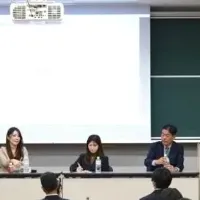
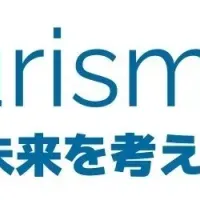


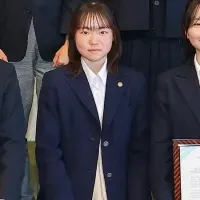


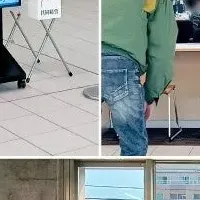

【About Using Articles】
You can freely use the title and article content by linking to the page where the article is posted.
※ Images cannot be used.
【About Links】
Links are free to use.